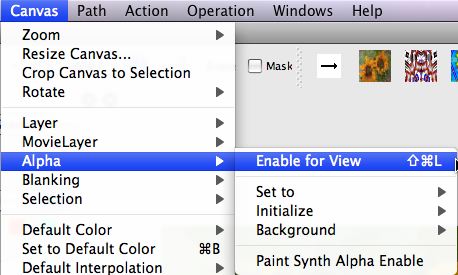
By hiding Layer1 you can see where you painted onto the Base Layer. For example, if you decide to paint Layer1 and do not lock your Base Layer, you can paint both layers. Use a combination of these tools to effectively sculpt and paint your heightmap. To see the layer's contribution to a paint layer, select the layer in Paint mode. To see the layer's contribution to a heightmap, select the layer in Sculpt mode. To turn on Layer Contribution, navigate to Lit > Vizualizers > Layer Contribution. The highlight will remain on your layer until you turn it off. By highlighting your layer, you can see the entirety of your sculpted layer. To highlight your layer, you can turn on Layer Contribution. If you want to exclude a layer from blending, you can select the eye icon to Hide the layer. The closed lock indicates the layer cannot be edited, and the open lock indicates the layer can be edited. You can lock layers by selecting the Lock icon. There are several options for managing your layers, which include: locking/unlocking layers, hiding/unhiding layers, and highlighting your layer with Layer Contribution. You can add as many layers to the landscape as you want. We recommend renaming your layers so you know which is the base layer, and which layers are ones you added. You can also Rename a layer from this menu. To add a new layer, right-click the existing layer and select Create. These new layers function as a foundation for sculpting and painting a landscape, which allows you to manipulate and maintain landscapes more efficiently.īy default, you will always have one layer (Layer1), which is the initial base layer. Circuit Solver strives to verify Ohm's law, Kirchhoff's current and voltage laws by creating models that are both stable and efficient.Instead of having one layer to sculpt a heightmap or paint materials, you can now add multiple layers to your landscape.
#QUCS ICON ALPHA LAYER PORTABLE#
Circuit Solver doesn't compare to their raw power but it is optimized to run on mobile devices which makes it both portable and easily accessible to anyone in need of circuit solutions.
#QUCS ICON ALPHA LAYER PC#
There are many SPICE tools out there for PC such as Multisim, LTSpice, and PSpice. If you need to analyze the waveform, grab some electrical leads and view them with an oscilloscope. You hook up some sources and you place some meters to read the values. Think of Circuit Solver as an electronic circuit board, you drag your electrical components and place them on one at a time. If this app helps you in any way, i'd appreciate you spreading the word to help support my efforts Thanks!

It will however, simulate a majority of linear Circuits and a decent amount of smaller scale Non-Linear Circuits. Circuit Solver is far from perfect and there are lots of things that could be optimized. I put together this application to package my knowledge in Electrical Engineering to some day help another student have an easier time in their scholastic pursuits and in turn teach them about circuits.

in Electrical Engineering, I wanted to create something that most people hadn't created before, a circuit simulator! It was about the experience, the learning, and the the journey itself. As I approached my senior year for my B.S.


 0 kommentar(er)
0 kommentar(er)
